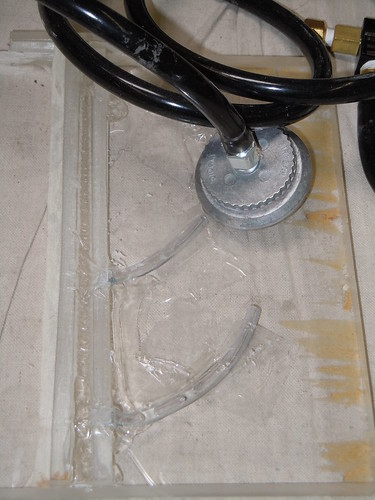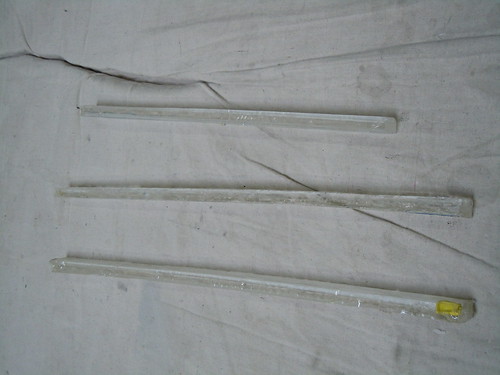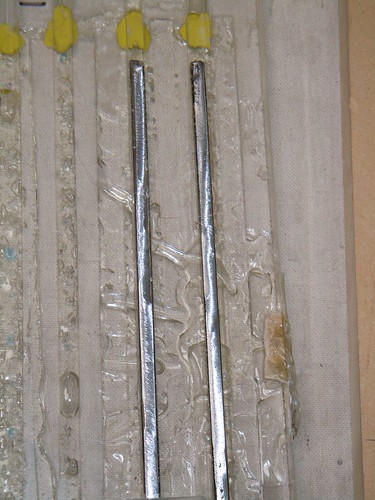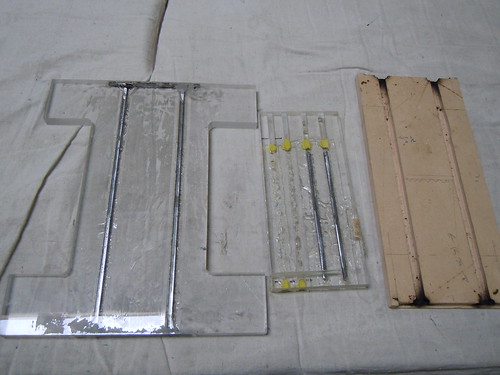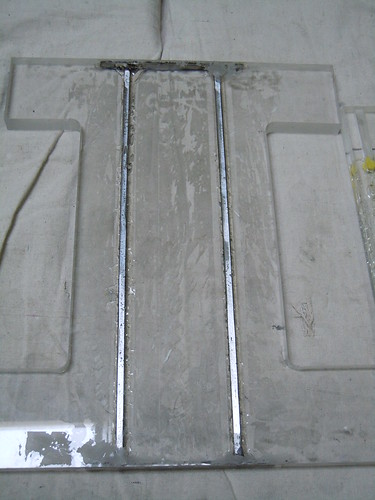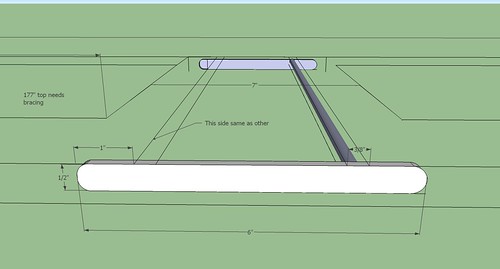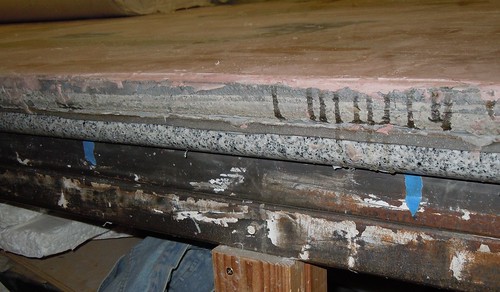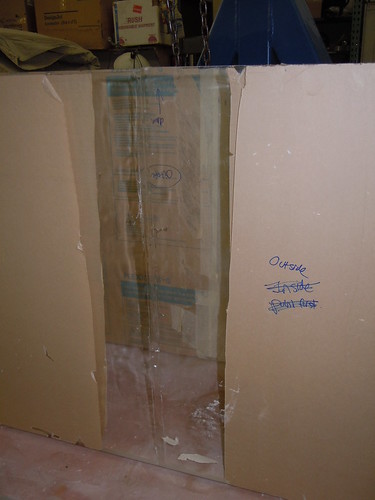G
GreshamH
Guest
tuberider said:Actually that is one of the many ideas that have been thrown around with this build, we've since decided to go 100% LED.
Good decision over the plexi in water idea. I've used submersible T8's in the past and how quickly algae builds up is incredible. I suspect it had not only to do with the light, but the heat as well. I'm sure you've seen the lights I'm talking about, Justin at ocean Aquarium used to sell em. Straight off the boat, not a drop of English on the packaging and SCARY ballasts. UL... HA they scoff at UL. CE, ha, even funnier to them :lol:

